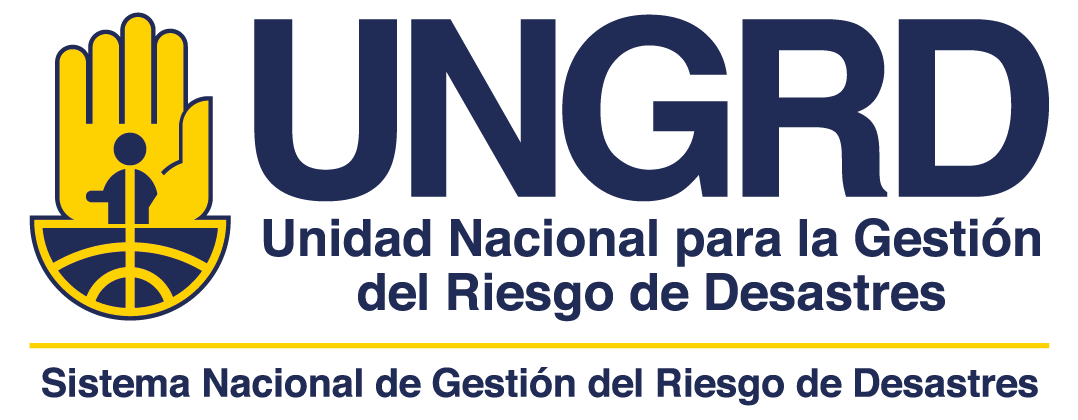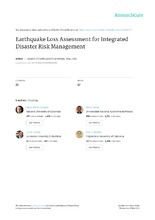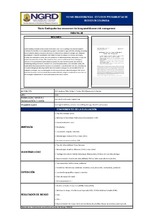Mostrar el registro sencillo del ítem
Earthquake loss assessment for integrated disaster risk management
| dc.creator | O.D. Cardona | |
| dc.creator | M.G. Ordaz | |
| dc.creator | L. Yamín | |
| dc.creator | M.C. Marulanda | |
| dc.creator | A. Barbat | |
| dc.date.accessioned | 2016-07-28T13:29:10Z | |
| dc.date.available | 2016-07-28T13:29:10Z | |
| dc.date.issued | 2008 | |
| dc.identifier.citation | O.D. Cardona, M.G. Ordaz, L. Yamín, M.C. Marulanda, A. Barbat. (2008). Earthquake loss assessment for integrated disaster risk management . Manizales. Journal of earthquake engineering | |
| dc.identifier.uri | http://hdl.handle.net/20.500.11762/19828 | |
| dc.description.sponsorship | Universitat Politécnica de Catalunya, Universidad Nacional sede Manizales | |
| dc.format | Digital (.pdf) | |
| dc.language.iso | en | |
| dc.publisher | Journal of earthquake engineering | |
| dc.source | instname:Unidad Nacional para la Gestión del Riesgo de Desastres | spa |
| dc.source | reponame:Repositorio Institucional Unidad Nacional para la Gestión del Riesgo de Desastres | spa |
| dc.subject | Contingent liabilities | |
| dc.subject | seismic risk | |
| dc.subject | building damage | |
| dc.subject | Benefit-cost analysis | |
| dc.title | Earthquake loss assessment for integrated disaster risk management | |
| dc.type | info:eu-repo/semantics/article | spa |
| dc.description.departamento | MANIZALES | |
| dc.type.spa | Artículo de investigación | |
| dc.rights.accessRights | info:eu-repo/semantics/openAccess | spa |
| dc.description.abstractenglish | Understanding probable losses and reconstruction costs due to earthquakes creates powerful incentives for countries to develop planning options and tools to cope with risk, including allocating the sustained budgetary resources necessary to reduce those potential damages and safeguard development. A specific catastrophic risk model has been developed to evaluate, building by building, the probabilistic losses and pure premiums of different portfolios, taking into account the seismic microzonation of cities. This model has been used to evaluate the fiscal contingencyliabilities of the government and to build an optimal structure for risk transfer and retention, considering contingent credits, reserve funds, insurance/reinsurance, and cat bonds. Lastly, the model allows the evaluation of an exceedance probability curve of benefit-cost ratio, providing an innovative and ground-breaking tool for decision makers to analyze the net benefits of the risk mitigation strategies, such as earthquake retrofitting and seismic code enforcement. This article describes the model and the derived abovementioned tools, using the results of loss scenarios and the strategies implemented in some earthquake prone urban centers. | |
| dc.identifier.doi | 10.1080/13632460802013495 | |
| dc.relation.publisherversion | http://dx.doi.org/10.1080/13632460802013495 | |
| dc.type.hasVersion | info:eu-repo/semantics/acceptedVersion | spa |




